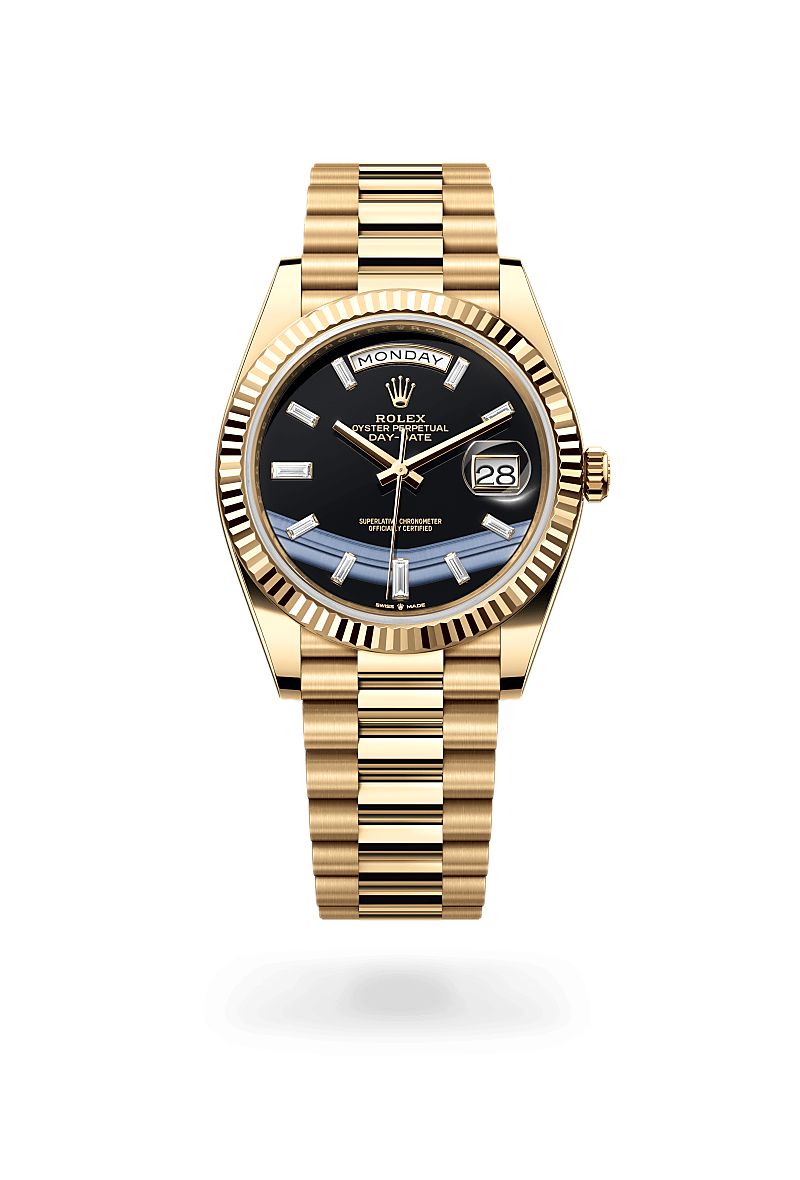Pre-owned luxury watches are becoming an increasingly popular choice among collectors, fashion enthusiasts, and savvy shoppers. Offering the prestige of high-end brands at more accessible prices, these timepieces can be smart purchases—if done correctly. However, entering the pre-owned market without the right knowledge can lead to costly mistakes.
In this guide, we explore the top mistakes to avoid when buying pre-owned luxury watches and how to protect your investment while building a stylish and valuable collection.
1. Not Researching the Brand and Model
One of the biggest mistakes buyers make is purchasing a watch simply based on looks or price. Each luxury watch brand has a unique reputation, history, and resale value. Without researching the brand and the specific model you’re interested in, you might end up with a piece that doesn’t hold its value or lacks the features you expect.
What to Do:
- Learn about the brand’s heritage, movement types, and materials used.
- Look up model reviews, user experiences, and production history.
- Ensure the model you’re buying has good market demand and availability for parts.
2. Ignoring Watch Authentication
Fake luxury watches have become incredibly sophisticated. Without proper authentication, you might spend thousands on a counterfeit watch that’s worthless.
What to Do:
- Only buy from reputable dealers who provide authenticity guarantees.
- Request documentation, serial numbers, and original box/papers.
- Consider having the watch independently verified by a certified watchmaker or an authorized service center.
3. Overlooking the Seller’s Reputation
Buying from an unverified individual or unknown source online is risky. Not all pre-owned sellers operate with transparency or integrity.
What to Do:
- Choose platforms and retailers with positive reviews, return policies, and verified authenticity claims.
- Ask for references or customer testimonials.
- Beware of deals that look “too good to be true”—they usually are.
4. Not Inspecting the Watch’s Condition Thoroughly
Condition is everything in the pre-owned market. A watch may be authentic but have damage, poor maintenance history, or non-original replacement parts—all of which affect its value and performance.
What to Do:
- Look for scratches, worn lugs, faded dials, or over-polishing.
- Check the bracelet or strap, clasp, and crown functionality.
- If possible, request detailed images or videos or visit the store in person.
5. Failing to Verify Service History
Luxury watches require maintenance. A lack of service history could mean potential mechanical issues in the future. Servicing a high-end watch can cost hundreds to thousands of dollars.
What to Do:
- Ask for maintenance or service records.
- Ensure the watch has been serviced by a certified professional or authorized service center.
- Avoid watches that haven’t been serviced for over 5 years unless you’re prepared to invest in an overhaul.
6. Neglecting to Check for Original Parts
Replacing original components with aftermarket parts reduces a watch’s authenticity, resale value, and sometimes even functionality.
What to Do:
- Verify that the dial, hands, bezel, and bracelet are factory-original.
- Avoid watches with refinished or modified dials unless disclosed and discounted.
- Research what the original model configuration should look like and compare.
7. Not Understanding the Market Value
Overpaying is a common mistake, especially if you haven’t compared prices. The market for pre-owned luxury watches is dynamic, and value varies based on brand popularity, condition, and availability.
What to Do:
- Use platforms like Chrono24, WatchCharts, or eBay to compare listings.
- Track recent sale prices for the model you want.
- Be cautious of lowball prices, which can indicate issues with the watch or a scam.
8. Skipping Warranty or Return Options
A pre-owned luxury watch without a warranty or return policy puts all the risk on you. If something goes wrong after purchase, you’ll have little recourse.
What to Do:
- Choose sellers that offer at least a 6-12 month warranty.
- Read and understand the return policy before buying.
- If buying from a private seller, factor in the risk of no after-sales support.
9. Underestimating Maintenance Costs
Owning a luxury watch isn’t a one-time expense. Regular servicing, water-resistance testing, and part replacements are part of long-term ownership.
What to Do:
- Budget for service every 3–5 years, depending on the brand.
- Know the average cost of service for your brand (Rolex, Omega, Cartier, etc.).
- Check if the model has known issues that might require expensive repairs.
10. Letting Emotion Override Judgment
Luxury watches can stir strong emotions, especially when it’s a rare model or your first high-end purchase. But letting excitement guide your decision can lead to regret.
What to Do:
- Stick to your budget and checklist.
- Sleep on the decision before making a final purchase.
- Don’t let a pushy seller rush you into a bad deal.
Bonus Tips for First-Time Buyers
- Start with a versatile model you can wear regularly.
- Join watch forums or communities like Watchuseek or Reddit’s r/Watches for advice.
- Document everything during the purchase—receipts, communications, and certifications.
Conclusion
Buying a pre-owned luxury watch can be a rewarding experience—both for your style and your wallet. But to ensure your purchase is genuine, reliable, and valuable, you need to avoid the common pitfalls many buyers fall into.
By doing your research, buying from trusted sources, verifying authenticity, and understanding long-term costs, you can confidently invest in a timepiece that not only looks great on your wrist but also stands the test of time.


